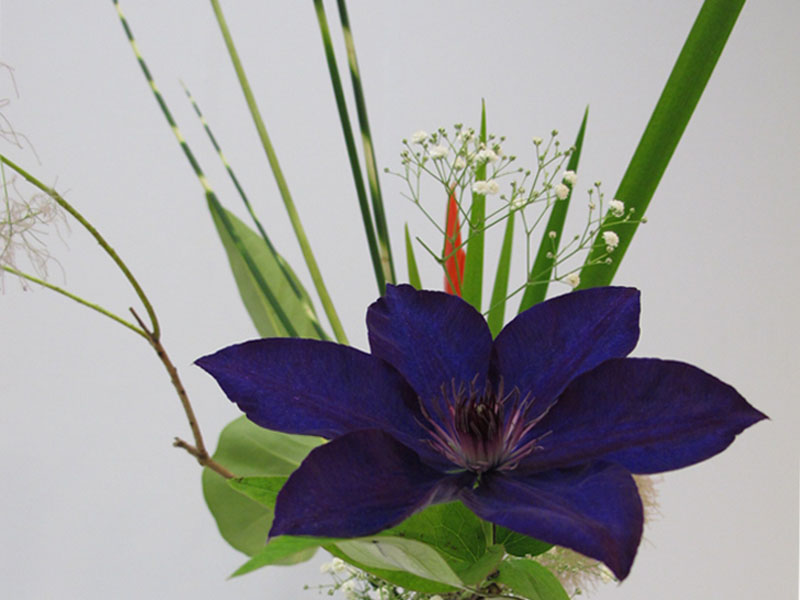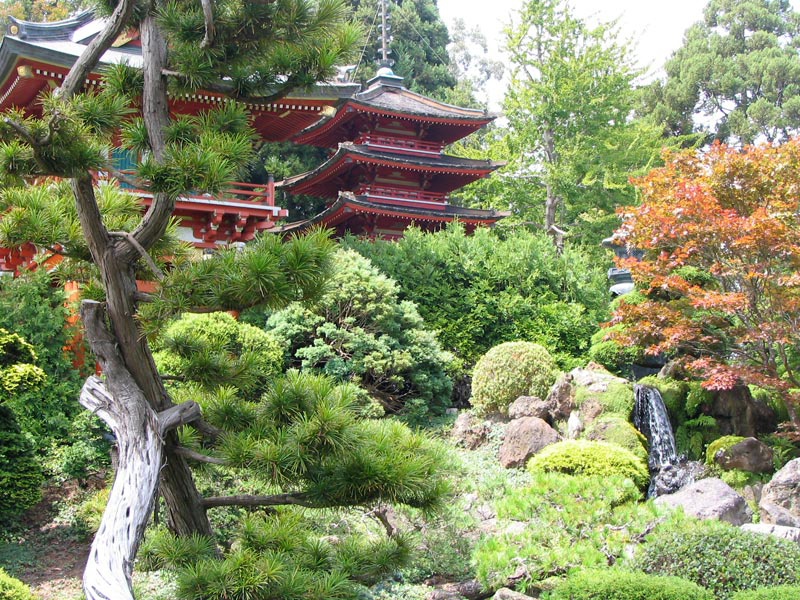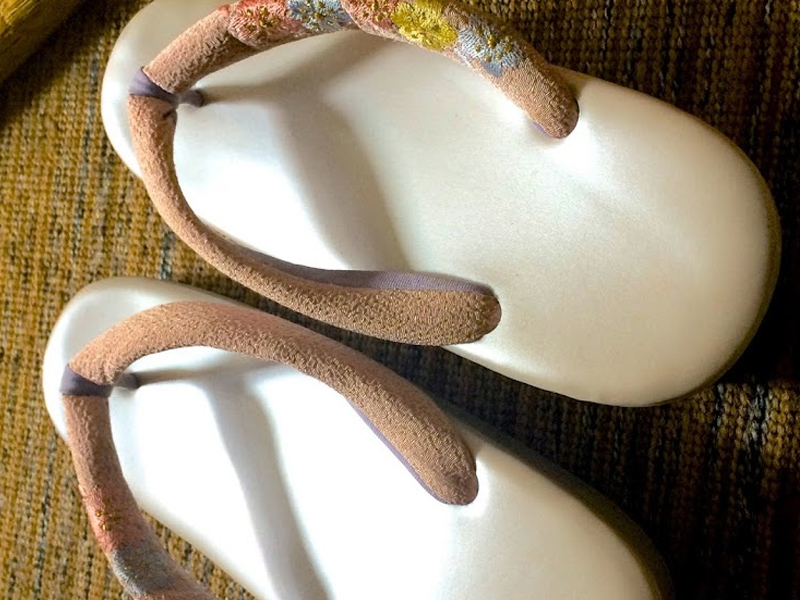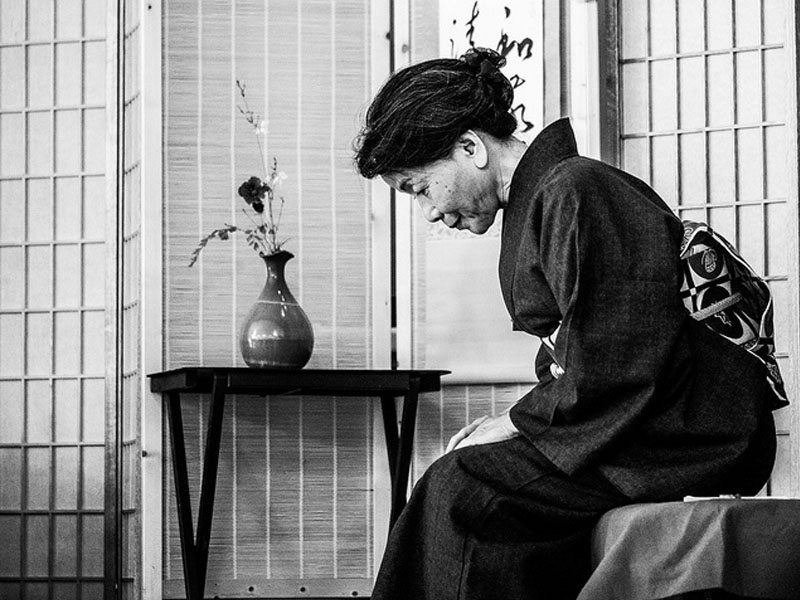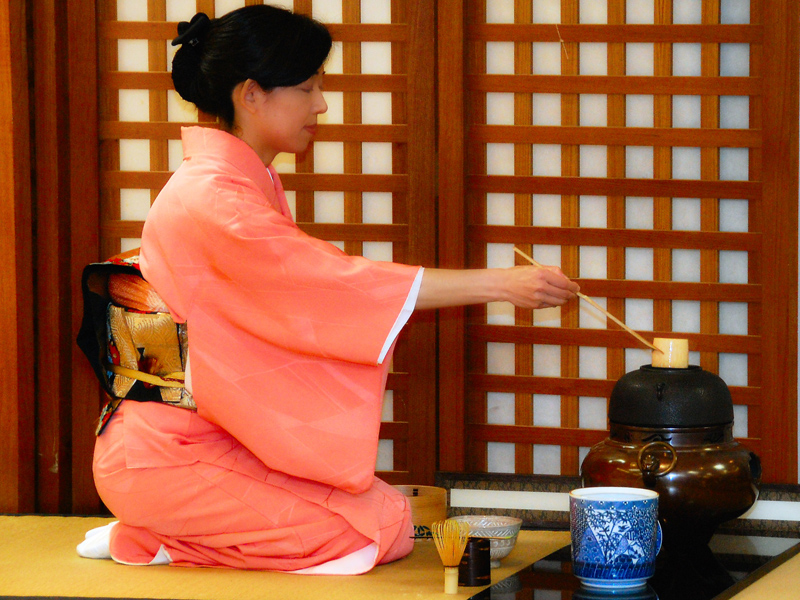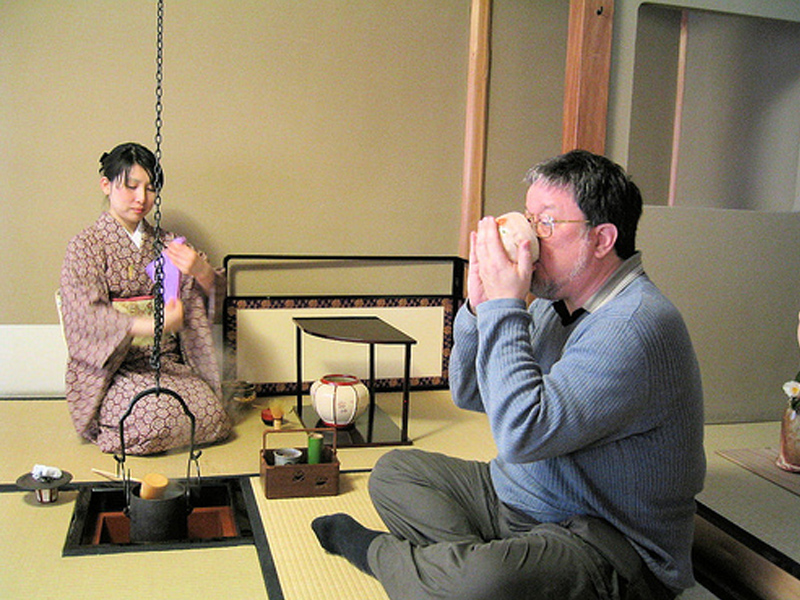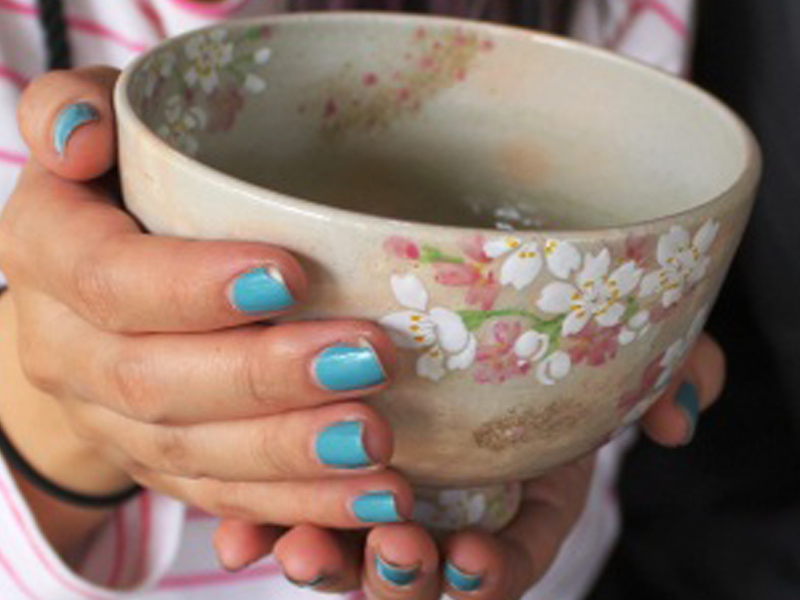Featured
8 rules, follow you must, for a successful Japanese Tea Ceremony
[dropcap]T[/dropcap]ea ceremony is a tradition in Japan that dates back more than 1000 years. Throughout the duration of the tea ceremony, the body leaves the everyday world behind and attains a deeps sense of tranquility and peace from within. Both the host and guest are relaxed by this process.
Tea seeds were initially imported from China and was valued mainly for its therapeutic properties. Tea was a rare commodity in Japan back then and thus, the transformation from being a cabinet medicine to a beverage called for stringent rules and formalities.
Tradition demands rules and etiquette, and serving tea in the proper fashion can help people appreciate the world better. That is the essence of the ceremony.
Here are some rules governing the tea ceremony you’ll do well to remember even in your sleep.
1. Designing a theme
For a Tea ceremony to be held, one needs weeks to carefully prepare for all the arrangements. The theme should be properly emphasized by selecting an appropriate calligraphic scroll and arranging flowers in accordance with natural aesthetics.
2. Preparing the Tea Room
The tea garden, and the tea house situated within the tea garden must be spic and span. The cleaning of the entire place must be thorough. Prior arrangements in case of rain must be made. The tea room should be warm in winter while cool in summer.
3. Responsibilities of the guest
The success of a tea ceremony is possible only through the combined cooperation of the guest and the host. The guest must arrive a few minutes earlier to the event, change into the footwear selected by the host, and to uphold hygiene, wash his/her hands thoroughly.
4. Handling the right tools
The host must meet the guest with a bow. Selecting the right utensils for the service is the most essential task. The utensils are the pride of the family as it is handed down from one generation to the next. It should be handled with the utmost care. The water should be heated only in the kettle. The water is to be poured into the tea bowl and 3 scoops of tea powder per person should be added via a bamboo spoon to the water. The tea is made by whisking the mixture only with a chasen.
5. Preparing the tea
The preparation of tea is an art. There ought to be proper technique shown in handling the tools, and precision and grace of movements are imminent for the choreography of this ceremony.
6. Receiving the tea
The head guest should receive the tea first, and subsequently swirl the bowl three times. He/she should avoid taking sips from the front of the bowl.
7. Passing the bowl of tea
The guest should wipe the rim of the bowl before passing it onto the next person. Small talk inquiring about the history of the instruments of the tea ceremony or a light discussion in general is preferred to astute silence.
8. Appreciating the efforts of the host
The guest ought to reflect his/her appreciation of the tools and conduct of the ceremony aloud. The lively chatter of the host and guest at the end of ceremony is good indicator of the success of the tea party.

